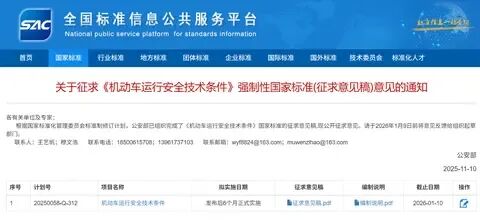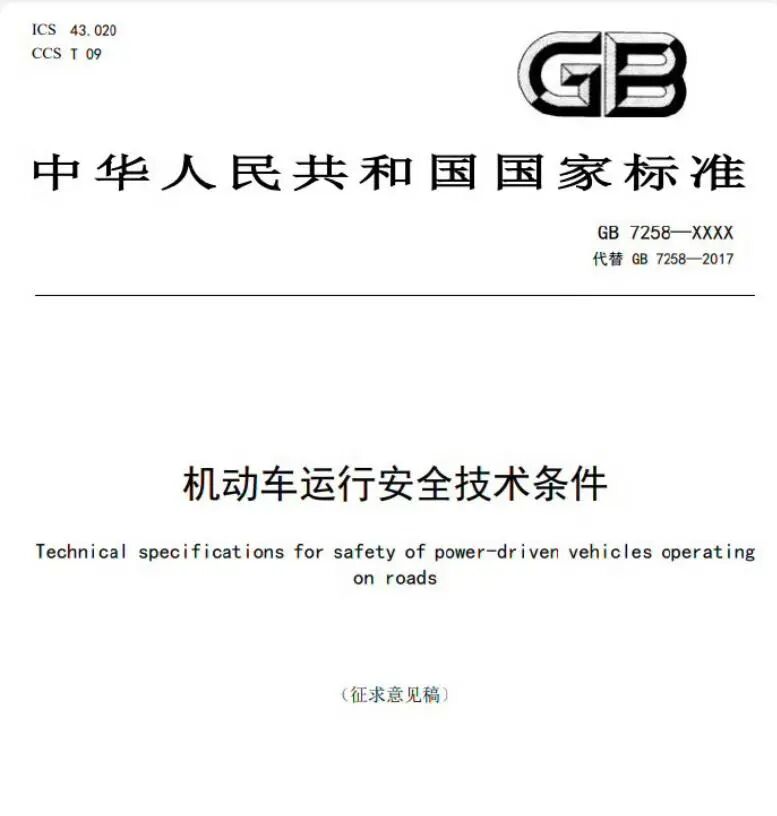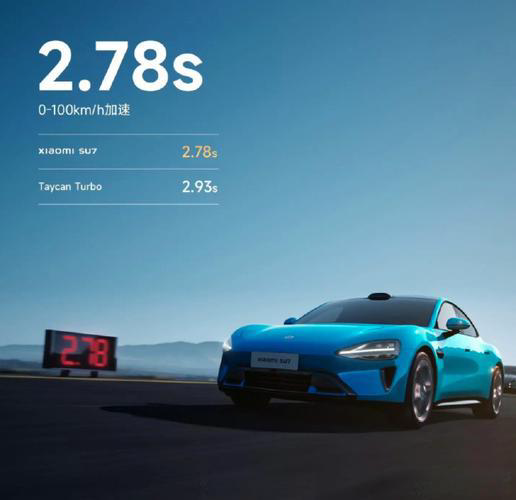New Motor Vehicle Safety Regulations Aim for Comprehensive Industry Order, Not Targeting Specific Auto Firms
![]() 11/17 2025
11/17 2025
![]() 387
387
The automotive industry's once-glorified "0-100 km/h acceleration in 3 seconds" is poised for a rational reset under new safety-centric regulations.
On November 12, the Ministry of Public Security officially unveiled the draft national standard "Technical Conditions for the Safe Operation of Motor Vehicles" for public consultation. This foundational technical benchmark for vehicle safety management will fully supersede the current GB 7258-2017 standard six months after its formal implementation.

Compared to the 2017 standard, this draft introduces modifications and additions to safety device requirements for complete vehicles, addressing emerging risks from new energy vehicles (NEVs) and intelligent driving technologies. From capping acceleration performance to mandating mechanical door handles, enhancing battery safety standards, and tightening assisted driving oversight, the new regulations target systemic safety hazards causing recurrent traffic accidents rather than individual automakers, aligning with the industry's evolution.
Five Key Changes
The draft was co-drafted by the Ministry of Public Security's Road Traffic Safety Research Center, the Ministry of Transport's Research Institute of Highway, and the China Automotive Technology and Research Center Co., Ltd.
As China's cornerstone technical standard for vehicle safety management, GB 7258 has undergone four revisions since its 1987 inception (1997, 2004, 2012, 2017). The current standard struggles to address challenges posed by the rapid adoption of NEVs and intelligent driving technologies.

The compilation notes highlight China's low adoption of advanced active and passive safety technologies compared to developed automotive nations. Additionally, inadequate provisions for NEVs and assisted driving vehicles hinder traffic safety management amid technological and business model innovation.
The draft introduces five transformative changes:
1. Acceleration Limits: Default State ≥5 Seconds
The draft mandates that passenger vehicles must default to a 0-100 km/h acceleration time of ≥5 seconds upon each ignition (excluding automatic engine start-stop). This addresses recent accidents involving uncontrolled acceleration in electric and plug-in hybrid vehicles, often caused by drivers' unpreparedness for high-torque modes.

Pursuing extreme acceleration (e.g., 3-4 seconds) exceeds daily travel needs, becoming "technological redundancy." Performance models must default to normal acceleration, requiring manual adjustments for enhanced capabilities to heighten driver awareness.
2. Battery Safety: Clear Early Warnings for Escape
In response to NEV battery fire risks, the draft imposes strict thermal runaway control. Vehicles must monitor battery cells in real-time, providing auditory/visual alerts upon detection. It explicitly requires compliance with GB 38031 for power batteries, equipped with directional pressure relief and balancing devices.
3. Mechanical Door Handles: Mandatory Emergency Release
To address hidden door handles failing in accidents, the draft stipulates that each vehicle door (excluding tailgates) must have an interior mechanical release handle. Electric handles must include a mechanically releasable emergency handle.
4. Intelligent Driving: Enhanced Oversight
Stricter requirements are imposed on driving assistance systems. At speeds >10 km/h, in-car displays must disable entertainment video and gaming. The system must continuously monitor drivers via hand-off and gaze-off detection.

Vehicles with assisted driving must confirm driver training via biometric ID or account login before resuming operation.
5. Safety Tech: From Optional to Mandatory
The draft mandates intelligent driving aids like automatic emergency braking (AEBS), electronic stability control (ESC), panoramic monitoring, and blind-spot detection across vehicle models, shifting active safety from optional to standard.
Additionally, NEVs must feature pedal misapplication suppression, detecting and alerting drivers during standstill/creeping.
Promoting Industry Restructuring
Cui Dongshu, Secretary-General of the China Passenger Car Association, stated that the revised "Technical Conditions" will profoundly impact the industry and consumers. For automakers, stricter standards will drive technological upgrades and industrial restructuring.
Cui noted that many consumers, especially those transitioning from fuel vehicles, may misjudge electric vehicles' instant torque, leading to loss-of-control collisions if they drive aggressively.
NEV and battery experts emphasized that while regulations protect drivers, a single safety incident can devastate an automaker's sales or even survival. Compliance is essential for healthy growth.

Overall, the new regulations aim to foster a healthier, sustainable automotive industry. Assisted driving, active safety, and battery safety provisions address core consumer concerns and determine whether electric vehicles can replace fuel vehicles.
From "horsepower worship" to "safety by default," the draft marks a paradigm shift in safety management. It moves beyond relying on driver discipline, embedding "safety by default" logic into vehicle design.
The compilation notes reveal that driving school and most fuel-powered vehicles typically accelerate >5 seconds, a threshold balancing power efficiency and safety. This reduces misoperation risks for all drivers.

Industry insiders highlight the draft's forward-looking approach, elevating proven intelligent driving aids to universal safety standards while directly addressing NEV safety. Through a "monitoring-early warning-delay-protection" chain, it sets quantifiable safety thresholds.
The regulations will compel automakers and suppliers to optimize designs and enhance safety from the source. Brands once focused on performance must now balance safety and performance.
With formal implementation, China's vehicle safety standards will undergo a holistic upgrade, steering the industry from "acceleration races" to a "safety-driven" high-quality development phase.







